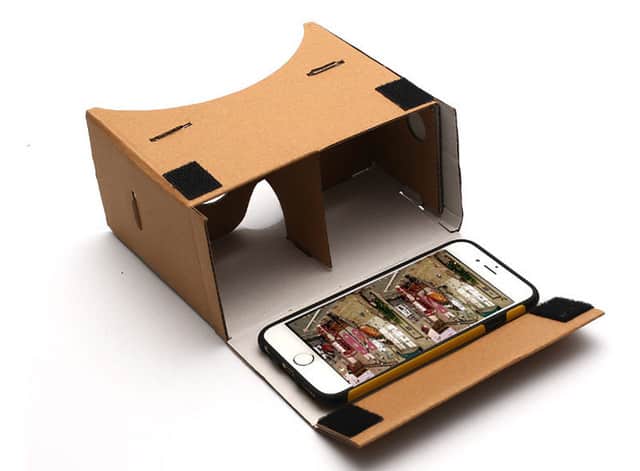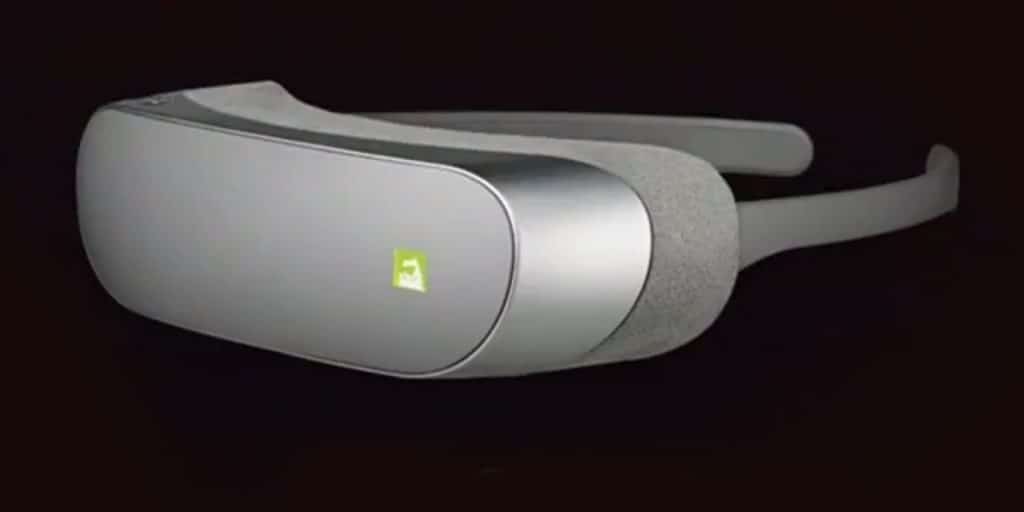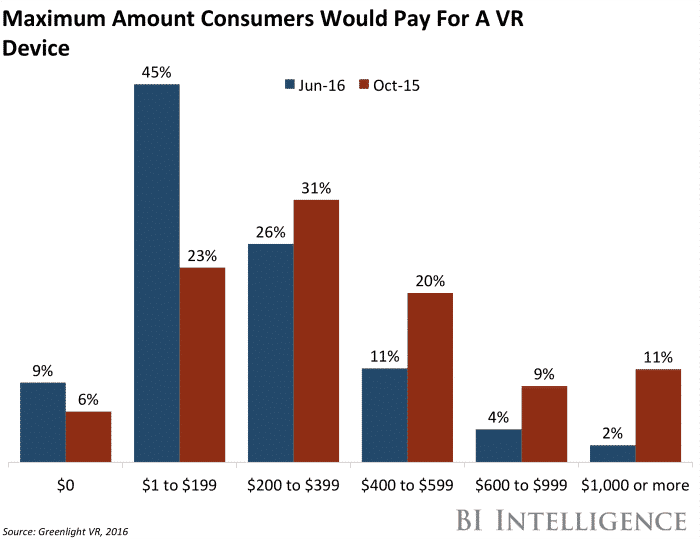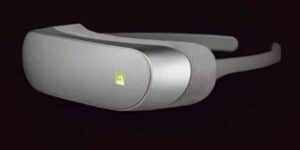We have to confess we were a bit disappointed in the Google I/O conference when they did not announce a standalone VR headset. While the new Daydream platform holds tremendous potential by establishing standards for mobile VR, a new VR headset would have put them front and center in the virtual reality revolution.
Look back a few years – Google didn’t just release specs for a VR headset made of cardboard. They produced it (initially gave it away as conference swag). Now Google Cardboard sold by a several outfits or you can download the plans online and build one yourself. But it wouldn’t have had the same impact if it was just a set of specs.

And there’s that added little matter of Apple – Daydream is an Android only platform. It’s a development that is at once fascinating and puzzling. Google has been more than happy to be part of the iOS ecosystem for search and other applications. It’s hard to imagine they would write off the millions of iPhone users in the early stages of virtual reality.
That Space Between Cheap and High-end
So we were heartened to see the rumors over the past few days that Google may indeed be building a new headset. According to Recode, Google had an entire unit working on this in a secretive X lab prior to the I/O conference and then disbanded it. For the moment, specs and standards won out over hardware. But according to Engadget and others, the virtual reality hardware project isn’t dead after all.
There’s a lot of low-end, plastic VR headsets available, but it’s time someone staked out the large expanse between your $30 plastic Smartphone headset and the high-end offerings by Oculus and HTC. Samsung is the only player here and they’re doing very well with the $99 Gear VR. But there’s room for a better quality device that doesn’t need a $1,500 investment. As Gizmag put it:
After using the expensive and PC-laden HTC Vive and Oculus Rift for more than a month, though, we are warming to the thought of a standalone, completely wireless headset that doesn’t break the bank. We’re smitten with the Vive and we also enjoy the Rift, but when you add up the cost of a US$950 gaming PC with a $600-800 headset, that isn’t exactly a recipe for rapid mainstream adoption.
Moreover, there’s room for a headset that’s untethered. If you’ve tried our latest AR craze, Pokemon Go (more on that in a few days), you know well that it requires freedom of movement. With virtual reality, you do not need to walk around the world – but there’s nothing like the tug of a cable (or tripping over it) to undermine the suspension of disbelief. It’s like sitting in a movie theater in a chair about to break. We’ve always thought that mass adoption of VR in education and other areas depends on cutting the cord.
So What Would a Google VR Headset offer?

So to speculate for a moment. Positional tracking is essential as this a serious weakness in current versions based on Google Cardboard. And if the hardware was Tango enabled, you could blur the line between VR and AR. Indeed, a multi-purpose device would be best of all. Why not be able to play the successor to Pokemon Go (and trust us, there will be many), and yet step into a VR scene from Stars Wars with the same device? We use our phones for everything – combining augmented and virtual capabilities in a single device just makes sense.
And the price? Gizmag went for a $500-$600 price range but that’s too high for mass adoption. A recent BI research report sees strong consumer interest at the $200-$399 range.

Time to Move Fast
Engadget notes,
Sources said the headset currently in development will not require a computer or phone to power it. While it does have a screen, it will offer features more in line with augmented reality systems than existing VR headsets, which are presently focused on gaming. There is no release date in sight for the headset, but it remains an important part of Google’s future plans.
And they better move quickly. According to the same Business Insider report, VR shipments will grow from $37 million this year to $2.8 billion by 2020. With Microsoft HoloLens in the hands of developers and rumors that Magic Leap’s products are “very real” and far beyond the research project stage, the AR/VR wave is ready to take off.
Emory Craig is a writer, speaker, and consultant specializing in virtual reality (VR) and artificial intelligence (AI) with a rich background in art, new media, and higher education. A sought-after speaker at international conferences, he shares his unique insights on innovation and collaborates with universities, nonprofits, businesses, and international organizations to develop transformative initiatives in XR, AI, and digital ethics. Passionate about harnessing the potential of cutting-edge technologies, he explores the ethical ramifications of blending the real with the virtual, sparking meaningful conversations about the future of human experience in an increasingly interconnected world.

